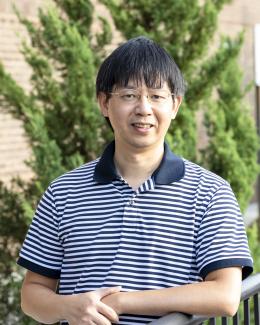Abstract
Lithium substituted polyacrylic acid (LiPAA) has previously been demonstrated as a superior binder over polyacrylic acid (PAA) for Si anodes, but from where does this enhanced performance arise? In this study, full cells are assembled with PAA and LiPAA based Si-graphite composite anodes that dried at temperatures from 100 °C to 200 °C. The performance of full cells containing PAA based Si-graphite anodes largely depend on the secondary drying temperature, as decomposition of the binder is correlated to increased electrode moisture and a rise in cell impedance. Full cells containing LiPAA based Si-graphite composite electrodes display better Coulombic efficiency than those with PAA, because of the electrochemical reduction of the PAA binder. This is identified by attenuated total reflectance Fourier transform infrared spectrometry and observed gassing during the electrochemical reaction. Coulombic losses from the PAA and Si SEI, along with depletion of the Si capacity in the anode results in progressive underutilization of the cathode and full cell capacity loss.



